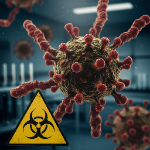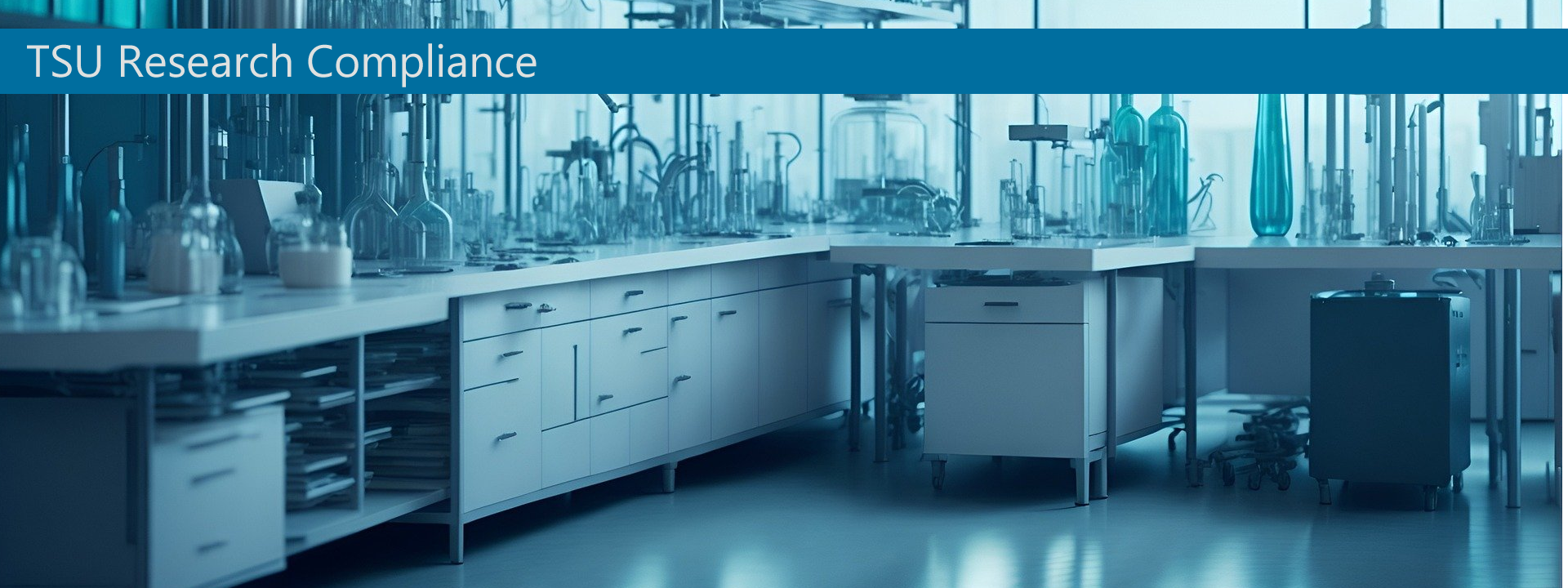Biosafety Program
" Ensuring Research Integrity Through Rigorous Biosafety Compliance"
"Ensuring Research Integrity Through Rigorous Biosafety Compliance."
The University Biosafety Program is designed to ensure the safe use of biological materials in research, teaching, and related activities. The program upholds the highest standards of biosafety and biosecurity in accordance with federal, state, and local regulations, including the NIH Guidelines for Research Involving Recombinant or Synthetic Nucleic Acid Molecules and the CDC/NIH Biosafety in Microbiological and Biomedical Laboratories (BMBL).
The program is administered through the Institutional Biosafety Committee (IBC), which oversees the review and approval of all research involving potentially hazardous biological agents.
Mission
To support a culture of safety and compliance by promoting best practices in the handling, storage, and disposal of biological materials, while enabling research and education that advances scientific knowledge and innovation.
Responsibilities
The Biosafety Program, under the guidance of the IBC and the Biosafety Officer (BSO), is responsible for:
- Reviewing research protocols involving:
- Recombinant or synthetic nucleic acid molecules
- Infectious agent (BSL-1 to BSL-3
- Human-derived materials (e.g., blood, tissue, cell lines)
- Select agents and toxins (as applicable)
- Genetically modified organisms (GMOs)
- Ensuring compliance with:
- NIH Guidelines
- CDC BMBL standards
- OSHA Bloodborne Pathogens Standard
- State and local biosafety regulations
- Conducting risk assessments and determining appropriate biosafety levels (BSLs)
- Managing biosafety training and certification for researchers and staff
- Performing laboratory inspections and biosafety audits
- Coordinating medical surveillance and exposure response plans
- Investigating incidents involving biological materials
- Facilitating the import, export, and transportation or regulated biological materials
- Maintaining institutional records and submitting reports to regulatory agencies as required
Institutional Biosafety Committee (IBC)
The IBC is a federally mandated committee responsible for reviewing and approving all projects involving recombinant DNA and other biohazardous materials. The committee includes scientists, institutional officials, biosafety experts, and community representatives.
Key Functions of the IBC:
- Review new and continuing protocols involving biological hazards
- Ensure that appropriate biosafety levels and containment measures are in place
- Evaluate training and facilities for compliance
- Advise the institution on biosafety policy and emerging risks
Biosafety Training
All personnel working with biological materials must complete initial and annual biosafety training. Training covers:
- Principles of biosafety and risk assessment
- Proper use of biosafety cabinets and personal protective equipment (PPE)
- Biological waste handling and decontamination
- Incident response and exposure management
- Specific pathogen or protocol-related risks (as applicable)
Specialized training is required for work at BSL-2 or higher, for work with human blood or tissues, and for those using recombinant DNA technologies.
Biological Safety Levels (BSLs)
Laboratories are classified by biosafety level based on the agents used:
- BSL-1: Low-risk agents not known to consistently cause disease in healthy adults
- BSL-2: Moderate-risk agents associated with human disease
- BSL-3: High-risk agents that can cause serious or potentially lethal infections (requires additional containment measures)
All BSL-2 and BSL-3 labs must be registered with the IBC and subject to regular inspections.
Incident Reporting
Any spill, exposure, needle stick injury, or containment failure involving biological materials must be reported immediately to the Biosafety Officer and Environmental Health and Safety (EHS). An incident report must be submitted within 24 hours. The IBC will review all significant incidents.
Biological Waste Management
The program provides guidance on the safe disposal of:
- Sharps and needles
- Contaminated solid waste
- Liquid waste
- Animal carcasses and bedding (if applicable)
All biological waste must be treated (e.g., autoclave) and disposed of in accordance with institutional policy and applicable laws.
Resources

Institution Biosafety Committee (IBC)


